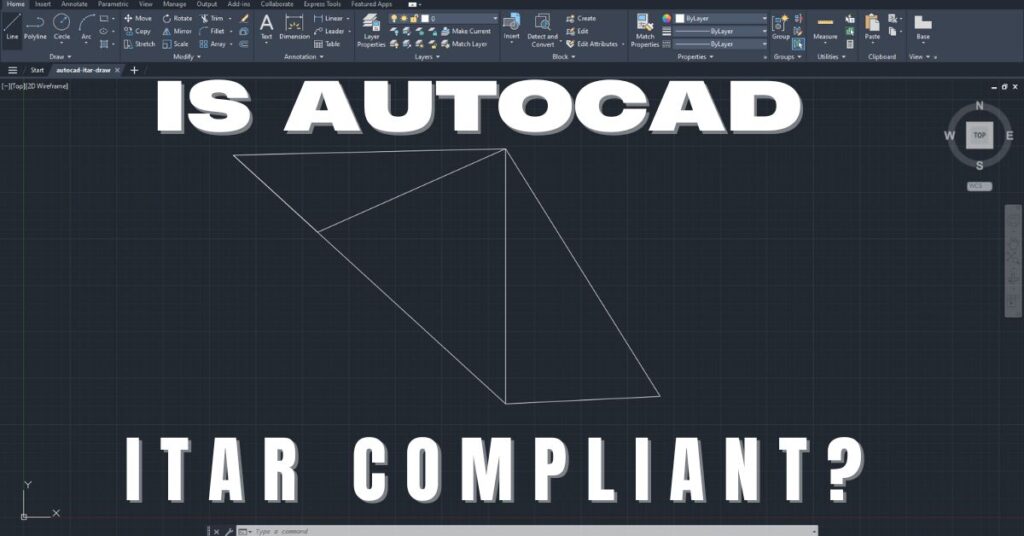A Checklist for Creating a CRMP for CMMC Compliance
Introduction to CRMP and CMMC Compliance
Understanding CMMC and CRMP
The Cybersecurity Risk Management Plan (CRMP) and Cybersecurity Maturity Model Certification (CMMC) are crucial components of cybersecurity compliance. The CRMP outlines strategies to identify, manage, and mitigate risks, forming the basis of any compliance risk management program. On the other hand, the CMMC is a U.S. Department of Defense (DoD) program that ensures Defense Industrial Base (DIB) contractors properly protect sensitive information. It introduces a new set of certifications, conducted by third-party assessors. Together, these two elements provide a comprehensive approach to managing cybersecurity risks and ensuring regulatory compliance within organizations.
Checklist for Creating a Comprehensive CRMP
Risk Assessment and Identification
- Conduct regular risk assessments using industry-standard methodologies to identify potential cybersecurity threats and vulnerabilities.
- Document all identified risks in a centralized risk register, detailing their potential impact, and the likelihood of their occurrence.
- Prioritize risks based on their potential impact and likelihood, using a risk matrix for clear visualization.
Risk Mitigation Strategies
- Develop and implement robust controls to mitigate identified risks. These could include technical controls (like firewalls and antivirus software), administrative controls (like policies and procedures), and physical controls (like locked doors and security cameras).
- Assign responsibility for managing specific risks to appropriate personnel, ensuring accountability.
- Continuously monitor the effectiveness of risk mitigation strategies using key risk indicators, and adjust strategies as needed based on findings.
Incident Response Planning
- Create a comprehensive incident response plan that outlines the steps to be taken in the event of a cybersecurity breach.
- Establish a clear communication plan to notify relevant stakeholders (including employees, customers, and regulatory bodies) in the event of an incident.
- Conduct regular drills and training sessions to ensure employees are prepared to respond effectively to incidents.
Employee Training and Awareness
- Provide ongoing cybersecurity training to all employees, regardless of their role within the organization.
- Foster a culture of security awareness by encouraging employees to report potential risks or incidents without fear of reprisal.
- Regularly update training materials to reflect current threats, attack vectors, and best practices in cybersecurity.
Regular Review and Updates
- Conduct regular reviews of your CRMP to ensure it remains current, effective, and aligned with your organization’s strategic objectives.
- Update your CRMP as needed to address changes in your organization’s risk landscape or regulatory requirements.
- Seek external input from cybersecurity experts or consultants to identify areas for improvement in your CRMP.
Remember, a good CRMP is dynamic and should evolve with your organization and the ever-changing cybersecurity landscape.
Maintaining CMMC Compliance
Continuous Monitoring and Improvement
- Implement a robust system to continuously monitor your organization’s cybersecurity posture. This might involve using automated tools to detect anomalies, conducting regular audits, and analyzing logs for suspicious activities.
- Regularly evaluate the effectiveness of your CRMP. This could be done through key performance indicators (KPIs), customer feedback, or third-party assessments.
- Based on these evaluations, update your CRMP by updating policies accordingly. You might have to implement new technologies, modify existing procedures, or even redefine roles and responsibilities within your organization.
Adapting to Regulatory Changes
- Stay abreast of any changes to the CMMC requirements, which might involve following updates from the Cyber AB, participating in relevant industry forums, or engaging with a C3PAO.
- Reflect any changes in CMMC requirements in your CRMP promptly to ensure ongoing compliance. Updating your SSP, recalibrating your risk mitigation strategies, or overhauling your incident response plan might be necessary.
- Conduct regular training and awareness programs to ensure all employees are up-to-date with the latest regulatory changes. Ensure they understand their roles and responsibilities in maintaining compliance.
Remember, maintaining a strong cybersecurity posture is an ongoing process that requires continuous effort, vigilance, and adaptation to the ever-evolving threat landscape.
Leveraging Professional Support for CRMP and CMMC Compliance
Partnering with CMMC Compliance Experts
In the complex and ever-evolving landscape of cybersecurity, partnering with professionals who specialize in CMMC compliance can be a strategic move. These experts bring to the table a wealth of knowledge and experience that can prove invaluable in navigating the intricacies of cybersecurity compliance. These professionals can provide valuable insights and guidance in creating and maintaining an effective CRMP. They understand the nuances of CMMC requirements and can help your organization interpret and apply these standards effectively. Their expertise ensures that your organization stays compliant with CMMC requirements, thereby safeguarding your business interests. Moreover, these professionals can also assist in identifying potential vulnerabilities in your cybersecurity infrastructure and recommend appropriate mitigation strategies. They can provide ongoing support to ensure that your organization remains compliant as CMMC requirements evolve.
Utilizing Compliance Software Solutions
In addition to partnering with CMMC compliance experts, leveraging compliance software solutions can significantly streamline the creation, implementation, and maintenance of your CRMP. These tools are designed to simplify processes, improve communication among team members, and enhance overall cybersecurity risk management. Compliance software solutions come equipped with features that automate complex processes, thereby saving time and reducing the likelihood of errors. They provide a centralized platform for managing all aspects of your CRMP, from risk assessment to incident response planning.
These tools also facilitate effective communication among team members, ensuring that everyone is on the same page regarding cybersecurity policies and procedures. They allow for real-time updates and notifications, ensuring that all stakeholders are informed about any changes in real time. By automating complex processes and facilitating effective communication, these solutions make your cybersecurity efforts more efficient and effective. They allow your organization to focus on its core competencies while ensuring that it remains compliant with CMMC requirements.
In conclusion, creating a comprehensive CRMP is crucial for achieving and maintaining CMMC compliance. By following this checklist and leveraging professional support, your organization can effectively manage cybersecurity risks and ensure compliance with CMMC requirements.
Share in Social Media
See More Case Studies

Securing Defense Contracts: A DFARS 252.204-7012 Compliance Case Study
Discover how Cleared Systems helped a Federal Contractor successfully achieve DFARS 252.204-7012 compliance by strengthening its cybersecurity posture, giving it a competitive edge when bidding for DoD Contracts.

What is GCC High? For ITAR & CMMC 2.0
Microsoft 365 Government Community Cloud (GCC) High is a specialized cloud solution tailored for U.S. federal, state, local, tribal, and territorial government organizations, as well as for contractors who hold or process data subject to specific security regulations. In this article, we will explore the features, benefits, and differences between Microsoft 365 GCC High and other Office 365 offerings.

Is AutoCAD ITAR Compliant? A Comprehensive Guide for Defense Manufacturers
Defense contractors and manufacturers working with sensitive military technologies face a critical question when selecting computer-aided design software: Is AutoCAD ITAR compliant? This question becomes

How to Get Help in Windows: Guide to Security and Compliance Support
In today’s digital landscape, ensuring your computer systems are secure and compliant with industry regulations is essential for both businesses and individuals. Windows, as one

Microsoft Copilot for GCC High: Enhancing Security and Compliance
In today’s fast-evolving digital landscape, organizations that handle sensitive data, particularly those in government sectors or defense contractors, face growing pressure to maintain strict security
Partner with Us for Compliance & Protection
We’re happy to answer any questions you may have and help you determine which of our services best fit your needs.
Your benefits:
- Client-oriented
- Security
- Compliance
- Peace of mind
- Efficiency
- Trust
What happens next?
Schedule an initial meeting
Arrange a discovery and assessment call
Tailor a proposal and solution
